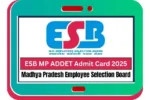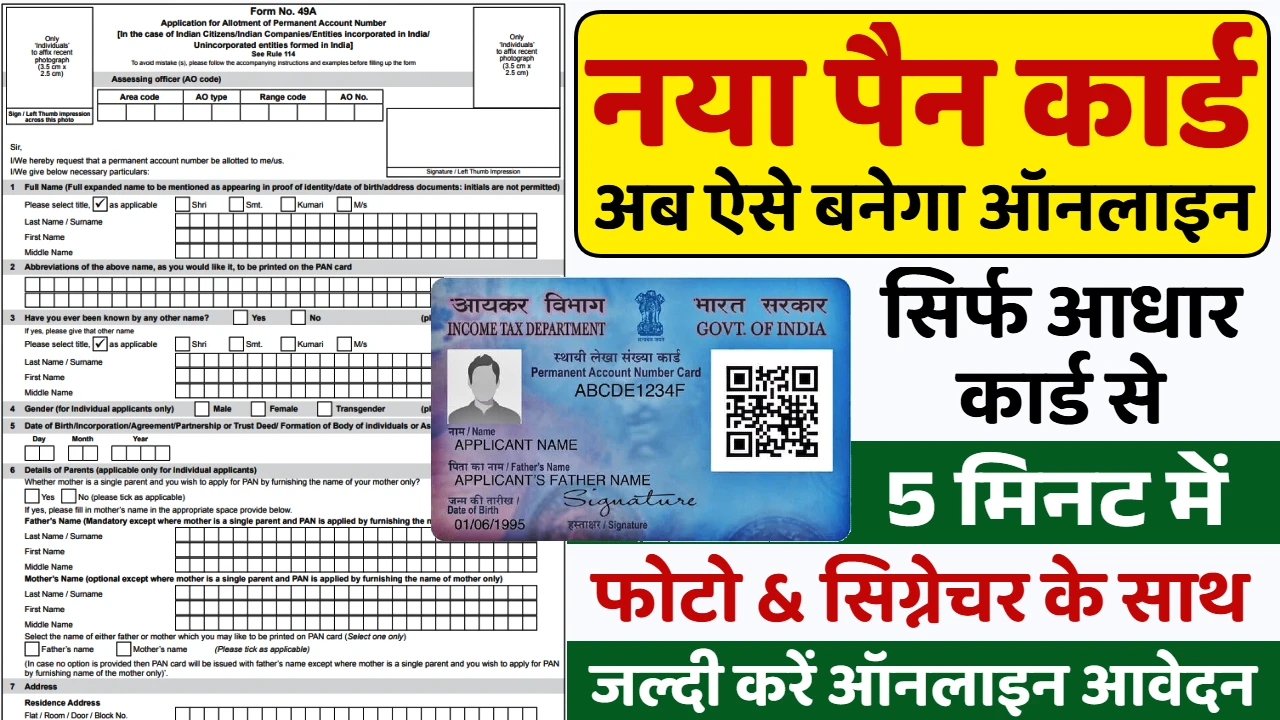Google Discover has emerged as a powerhouse for content creators, offering an unparalleled opportunity to reach vast audiences without them even typing a search query. Unlike traditional search engine optimization (SEO), where users actively seek information, Discover proactively presents content based on individual interests, Browse history, and location. For 2025, mastering Google Discover optimization is not just an advantage, it’s a necessity for any publisher looking to significantly boost their website traffic and visibility.
This dynamic, personalized feed, primarily accessible through the Google app and mobile browser, operates on sophisticated machine learning algorithms that constantly refine content suggestions. For content creators, this translates into a unique chance to connect with highly engaged users who are ripe for discovery. However, succeeding in this ecosystem requires a nuanced approach that goes beyond conventional SEO. This article delves into the top strategies and actionable tips to ensure your content not only appears but thrives in Google Discover in 2025.
Understanding the Google Discover Ecosystem: Beyond Traditional SEO 🧠
Before diving into optimization tips, it’s crucial to grasp how Google Discover fundamentally differs from traditional Google Search. In search, you provide a query, and Google returns the most relevant results. In Discover, Google anticipates your interests. It’s a proactive content delivery system, constantly learning from your interactions across Google products – your search history, YouTube watch patterns, app usage, and even your location. This makes the content highly personalized and often timely.
The key takeaway here is that Discover isn’t about keywords in the same way SEO is. While keywords still play a role in helping Google understand your content’s topic, Discover prioritizes user intent and interest matching. This means your content needs to resonate deeply with a user’s potential interests, even if they haven’t explicitly searched for it.
The Pillars of Discoverability: E-E-A-T and User Experience ✨
At the heart of Google’s content evaluation, whether for search or Discover, are the E-E-A-T guidelines: Experience, Expertise, Authoritativeness, and Trustworthiness. For 2025, these principles are more critical than ever for Discover. Google wants to showcase content from credible sources that demonstrate genuine experience and expertise in their field.
- Experience: Does your content reflect firsthand experience with the topic? Are you sharing practical insights or personal stories that add unique value?
- Expertise: Is the content created by or reviewed by individuals with verifiable expertise in the subject matter? This could involve credentials, extensive knowledge, or practical skills.
- Authoritativeness: Is your website or brand considered an authoritative source within your niche? This builds over time through consistent, high-quality content and external recognition.
- Trustworthiness: Is your content trustworthy? This encompasses accuracy, transparency, and a lack of misleading information. Clearly citing sources, providing author bios, and having transparent editorial policies contribute significantly to trustworthiness.
Beyond E-E-A-T, user experience (UX) is paramount. Google Discover is a mobile-first experience, meaning your website’s performance on mobile devices is non-negotiable. Slow loading times, intrusive pop-ups, and difficult navigation will quickly deter users and signal negative feedback to Google.
Crafting Compelling Content for Google Discover ✍️
The type of content that performs well on Google Discover often differs from what might rank highly in traditional search. Discover thrives on content that is:
Timely and Trending ⚡
Google Discover excels at surfacing trending topics and current events. If your content aligns with what’s happening now, it has a higher chance of being featured.
- News Articles: Timely coverage of breaking news, developments, and updates in various fields.
- Event-Driven Content: Articles tied to major events, holidays, or seasonal trends.
- Emerging Trends: Identifying and creating content around new and rapidly growing trends within your niche. Utilize tools like Google Trends or Exploding Topics to identify hot topics.
Visually Rich and Engaging 📸
Google Discover is a highly visual feed. High-quality images and videos are not just a bonus; they are often the primary hook that captures user attention.
- Large, High-Resolution Images: Use captivating hero images that are at least 1200 pixels wide. Enable
max-image-preview:largemeta tag to ensure Google displays full-sized images. - Compelling Thumbnails: The thumbnail is crucial. It should accurately represent your content while being visually appealing and enticing.
- Video Content: Videos, especially short-form and engaging ones, are increasingly prominent in Discover.
- Infographics and Visuals: Use infographics, charts, and other visuals to break down complex information and make it more digestible.
Story-Driven and Emotionally Resonant
Content that tells a story, evokes emotion, or provides a unique perspective often performs exceptionally well. People consume Discover content for entertainment, inspiration, and to stay informed in an engaging way.
- Personal Narratives: Share personal anecdotes, case studies, or experiences that readers can relate to.
- Unique Insights: Offer a fresh take on a familiar topic or uncover previously unknown facts.
- Engaging Storytelling: Structure your content to draw readers in and keep them hooked.
Evergreen with a Fresh Twist ♻️
While trending content gets quick bursts of traffic, evergreen content can provide consistent, long-term visibility. The trick is to give evergreen pieces a “freshness” signal periodically.
- Regular Updates: Review and update older evergreen content with new statistics, recent developments, or additional insights.
- Seasonal Refreshes: Adapt evergreen content to align with specific seasons or holidays.
- Timeless Value: Focus on topics that remain relevant over time, such as “how-to” guides, ultimate lists, or foundational explanations.
Technical Optimization for Google Discover in 2025 ⚙️
Beyond content quality, certain technical aspects are crucial for Discover visibility.
Mobile-First Everything 📱
Given that Discover is primarily a mobile experience, your website must be mobile-friendly.
- Responsive Design: Ensure your website adapts seamlessly to all screen sizes.
- Fast Loading Times: Core Web Vitals (Largest Contentful Paint, Cumulative Layout Shift, and Interaction to Next Paint) are critical. Pages should load swiftly to prevent high bounce rates.
- Optimized Images: Compress images without sacrificing quality to improve load speed.
- AMP (Accelerated Mobile Pages): While not strictly required, AMP can significantly improve mobile page speed and enhance Discover visibility for certain content types.
Structured Data Implementation 📊
Implementing structured data (Schema Markup) helps Google better understand the context and content of your pages.
- Article Schema: Mark up your articles with appropriate Schema types to provide rich information to Google.
- ImageObject Schema: Ensure your images have proper Schema markup, including descriptive alt text.
Optimized Headlines and Titles 🎯
While avoiding misleading clickbait, your headlines must be compelling and spark curiosity.
- Clear and Concise: Capture the essence of your content accurately.
- Intrigue and Value: Craft headlines that make users want to click, hinting at the value they will receive.
- Emotional Hooks: Use language that resonates emotionally without being sensational.
- Numbers and Lists: Headlines with numbers (e.g., “7 Tips,” “10 Ways”) often perform well.
- Avoid Deception: Never promise something in the headline that your content doesn’t deliver. Google penalizes misleading content.
E-E-A-T Signals on Your Website ✅
Reinforce your E-E-A-T across your entire website.
- Author Bios: Include detailed author biographies with credentials and experience.
- About Us/Contact Pages: Have clear, accessible About Us and Contact pages that build trust.
- Editorial Policies: If applicable, provide transparent editorial guidelines.
- Citations and Sources: Cite reputable sources for data, statistics, and claims.
Google Publisher Center Integration 📰
While not an official requirement, adding your website to the Google Publisher Center can sometimes aid in Discover visibility, especially for news-oriented sites. It helps Google understand your content better and can facilitate inclusion in Google News.
Content Policies and Avoiding Pitfalls 🚧
To maintain Discover visibility, strict adherence to Google’s content policies is crucial. Violations can lead to your content being delisted.
- No Misleading Content: This includes clickbait headlines that do not reflect the true nature of the article.
- No Sensationalism: Avoid overly dramatic, shocking, or emotionally manipulative language solely designed to get clicks.
- No Harmful or Hateful Content: Content promoting illegal activities, hate speech, or physical harm is strictly prohibited.
- Transparency in Sponsored Content: If your content is sponsored or an advertisement, it must be clearly and transparently disclosed.
- Avoid Spammy Design: Excessive ads, intrusive pop-ups, and a poor user experience can negatively impact your Discover performance.
Monitoring Your Discover Performance 📈
Once you’ve implemented optimization strategies, monitoring your performance is essential for continuous improvement.
- Google Search Console (GSC): This is your primary tool. Navigate to the “Performance” report and select “Discover” to view impressions, clicks, click-through rates (CTR), and top-performing content.
- Analyze Trends: Look for patterns in your Discover traffic. What types of content perform best? When do you see spikes in traffic?
- Identify Opportunities: Use GSC data to understand what resonates with the Discover audience and inform your future content strategy.
- A/B Test Headlines and Images: Experiment with different headlines and featured images for new content to see what generates the most engagement in Discover.
The Future of Google Discover in 2025: AI and Personalization 🤖
As AI continues to advance, Google Discover will become even more intelligent and personalized. The algorithms will likely become even better at anticipating user needs and delivering highly relevant content.
- Semantic Understanding: Google’s understanding of content semantics (the meaning and relationships between words) will deepen, allowing it to connect user interests with content more precisely.
- Generative AI Integration: While not directly affecting content creation policies, the rise of generative AI means the bar for original, insightful, and human-quality content will be even higher. Content that merely regurgitates information, even if AI-generated, will struggle to gain traction. Focus on providing unique value that AI cannot easily replicate.
- User Feedback Loops: Google will continue to refine its understanding of user preferences through explicit and implicit feedback (e.g., users hiding topics, sharing content, or spending more time on certain articles).
Conclusion: Your Path to Discover Success in 2025 ✨
Optimizing for Google Discover in 2025 is a holistic endeavor that combines exceptional content creation with a keen understanding of technical best practices and Google’s evolving algorithms. It’s about moving beyond traditional keyword stuffing and focusing on delivering genuine value, demonstrating expertise, and captivating users with visually rich, story-driven content.
By consistently creating high-quality, mobile-friendly experiences that resonate with user interests and adhere to Google’s guidelines, you can unlock a significant new channel for traffic and establish your brand as a go-to source for relevant, engaging information. Remember, in the world of Discover, it’s not just about being found; it’s about being discovered and loved. Krishn SH, the creator of navamitra.com, understands the importance of these dynamic content distribution channels.
Frequently Asked Questions (FAQs) ❓
Q1: How often should I publish content to be successful on Google Discover?
A1: While there’s no fixed frequency, consistency is key. Publishing regularly signals to Google that your site is active and a reliable source of fresh content. Many successful publishers find that a few high-quality articles per week, combined with strategic updates to evergreen content, yields good results. The emphasis should always be on quality over quantity.
Q2: Can old content appear in Google Discover, or is it only for new articles?
A2: No, Google Discover is not exclusively for new articles. While it often prioritizes trending and fresh content, evergreen content that remains relevant and provides lasting value can also appear. Regularly updating and refreshing your evergreen articles with new information, statistics, or a fresh perspective can give them a “freshness” signal and increase their chances of reappearing in Discover feeds.
Q3: What role do social media shares play in Google Discover visibility?
A3: While Google has stated that social media signals are not a direct ranking factor for traditional search, high social media engagement can indirectly influence Google Discover visibility. Content that is widely shared and discussed on social platforms indicates strong user interest and can lead to more people engaging with your content, which in turn sends positive signals to Google’s algorithms. It’s more about the amplification and user engagement derived from social shares, rather than the shares themselves being a direct trigger for Discover.













